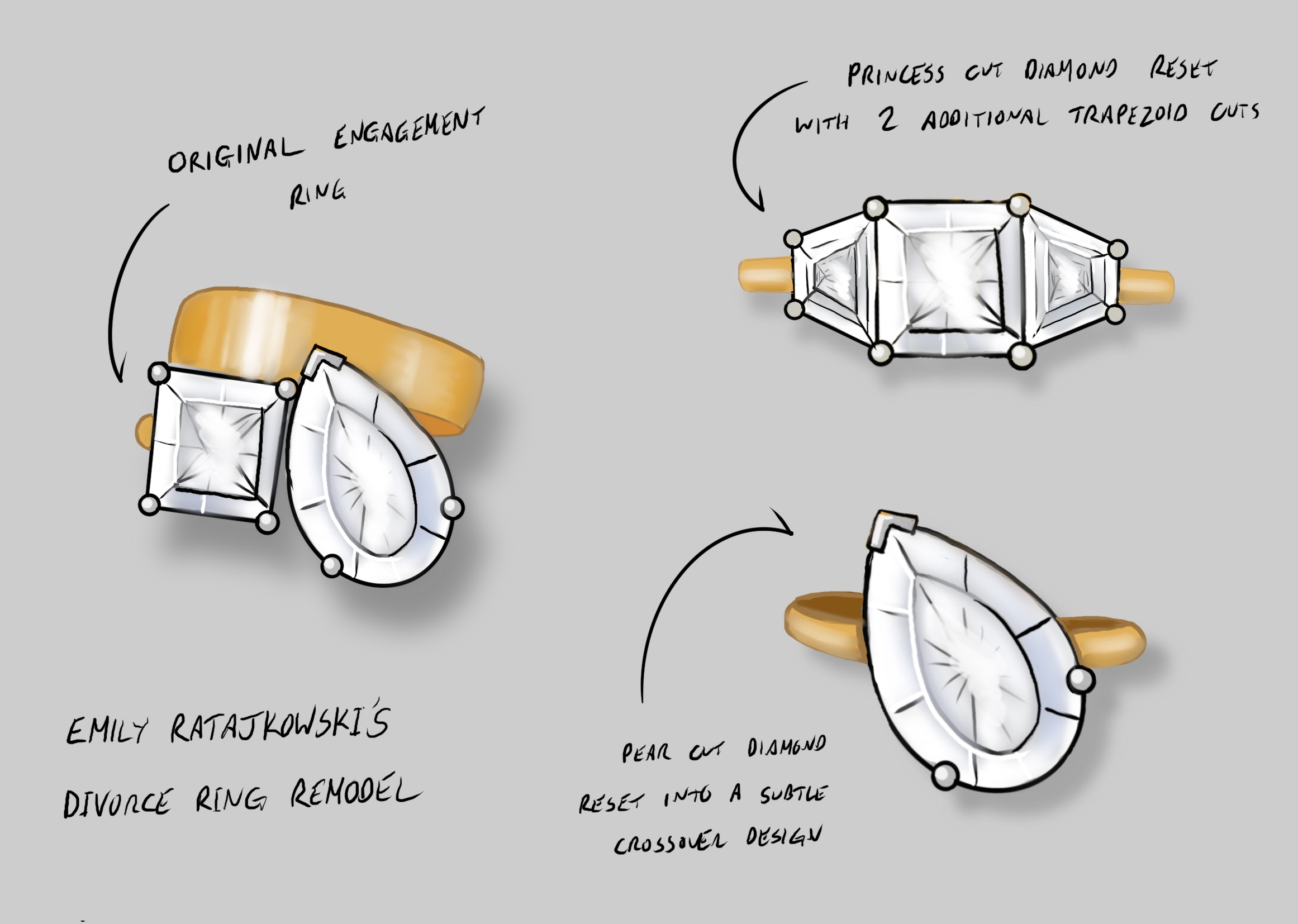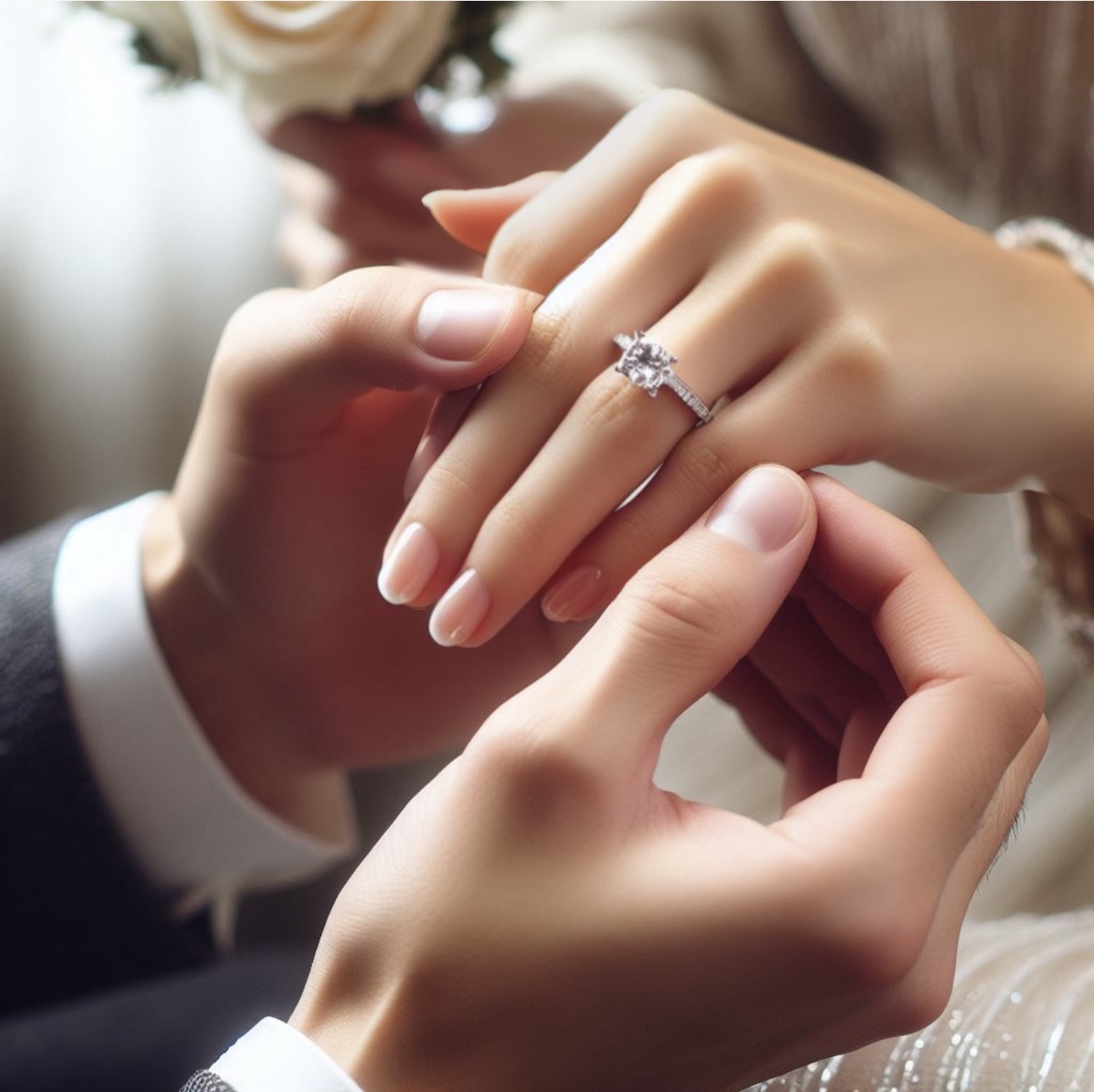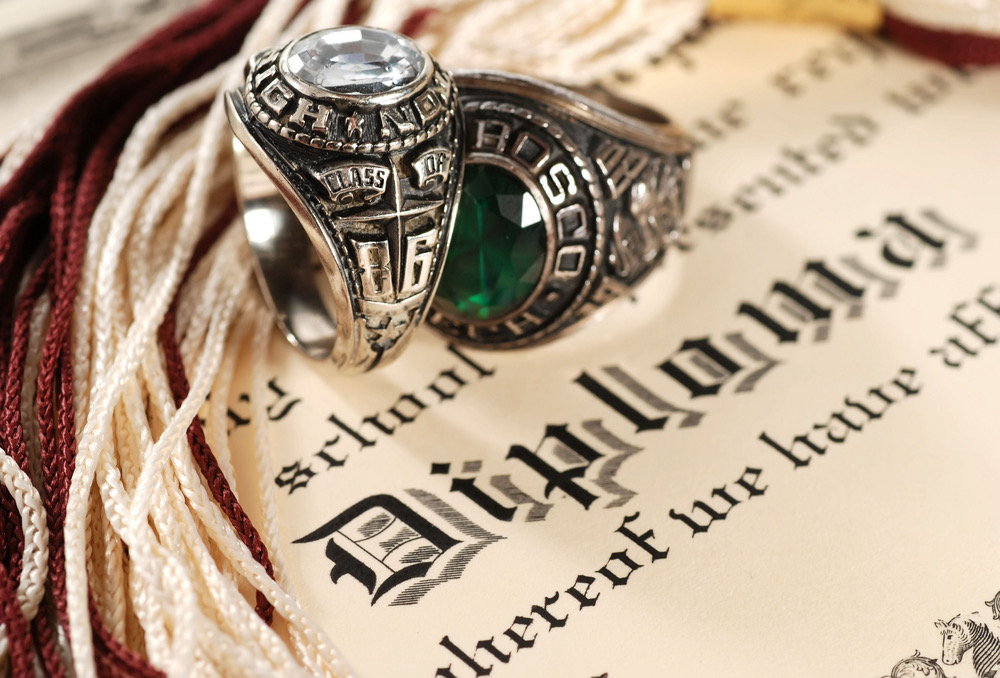
Transforming Pain into Beauty: The Rise of Divorce Rings
Transforming Pain into Beauty: The Rise of Divorce Rings In jewellery a Diamond is usually a symbol of love whether
choose a stone…
choose a setting…
choose a metal…
choose a finish…
…choose ring
21 Meeting House Lane
Brighton East Sussex
BN1 1HB
1273 773 544
21 Meeting House Lane
Brighton
East Sussex
BN1 1HB
Categories:
The History of Cufflinks
Small but practical, cufflinks may not be the first things you notice when you look at a well-dressed man. But they can certainly add a touch of elegance to any shirt sleeve. If you look at ancient Egyptian paintings, you may notice that well-off Egyptians wore something akin to cufflinks. But the documented history of cufflinks begins only around 400 years ago.

The First Cufflinks
The development of cufflinks is closely related to changing fashions in men’s shirts. So long as shirt sleeves were tied with bows or buttons or hidden behind heavier layers of clothing, cufflinks were quite unnecessary. Cufflinks as we know them date to 17th-century Europe when they began to hold together many an aristocratic cuff. At the time, they were made of small chains that passed through the hole of the cuff and then fastened to a gold or silver button.

The first cufflinks were, to a certain extent at least, marks of distinction. They were made from gold or silver and embellished with precious stones. However, cufflinks were not widely adopted right away. They were initially an accessory for the very wealthy and reserved for special occasions.
It wasn’t until the 19th century that the development of the tailored shirt, the industrial revolution and, not least, the rise of the bourgeoisie, contributed to the increase in popularity of cufflinks. These factors, together with improved methods of manufacturing, transformed cufflinks into a widely available fashion accessory. About that time, the German-born jeweller George Krementz patented in America a cufflink-making device and established the Krementz & Co company which was to produce fashionable cufflinks from a variety of materials.
Bespoke Silver “Peas in a pod”:

Cufflinks at Their Peak
By the early 20th century, cufflinks became a necessary complement to a suit and shirt, and men in Western countries had many styles to choose from. Middle-class and upper-class men adopted cufflinks as an everyday formal accessory to their dress, as well as a practical way to secure the stiff, starched cuffs that became fashionable in the Western world.
Bespoke Silver “Cheeky Monkey” Cufflinks:

Edward VII popularized coloured cufflinks made from gemstones, and soon after, other styles emerged, including cufflinks that incorporated materials ranging from precious stones to enamel and glass. During the 1950s, gentlemen added cufflinks to their growing range of personal accessories.
In the 1970s, cufflinks became a less predominant accessory in middle-class fashion, but they underwent a revival in the 1980s. The widespread adoption of sportier shirts with unstarched cuffs freed men from the obligation to wear cufflinks on a day to day basis.
Bespoke Silver Ladder & Bucket Cufflinks (made for a window cleaner):

Cufflinks remain to this day one of the most popular jewellery items for men. No custom-tailored shirt and suit combo is complete without a set of cufflinks. At formal events, at weddings, and during business meetings, cufflinks continue to play their part.
Bespoke Silver Boxing Gloves:

In Our Times
Cufflinks today are available in a wide range of styles and materials. They can be made from silk, onyx, mother-of-pearl, and precious metals. Many men today continue to use cufflinks as part of their tuxedo or formal attire. Whether they buy their cufflinks new from a jeweller or designer or use the cufflinks they have inherited from their fathers, modern men appreciate the style and the convenience that cufflinks can bring to their formal wear. Cufflinks nowadays are no longer restricted to men. They are also available for women as part of formal office wear or for special events. Women’s cufflinks can feature precious or semi-precious stones and even diamonds. Cufflinks may no longer be an everyday fashion item, but they are here to stay as a stylish accessory with a long tradition. And, of course, they still have the potential to refine one’s style and give the wearer an extra boost of confidence.

Transforming Pain into Beauty: The Rise of Divorce Rings In jewellery a Diamond is usually a symbol of love whether

Which finger is the engagement ring worn on? In the UK, as with many other Western countries, an engagement ring

U.S. Graduation Rings And The Symbolism Behind Them As Super Bowl LVIII (58) comes to an end the Kansa City
Tel: +44 (0) 1273 773 544
Email: ringdesign@hotmail.co.uk
21 Meeting House Lane
Brighton
East Sussex
BN1 1HB
Open 7 days a week
Mon-Sat: 10:30am – 5pm
Sun: 11am – 4:30pm